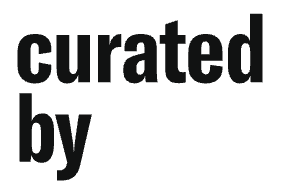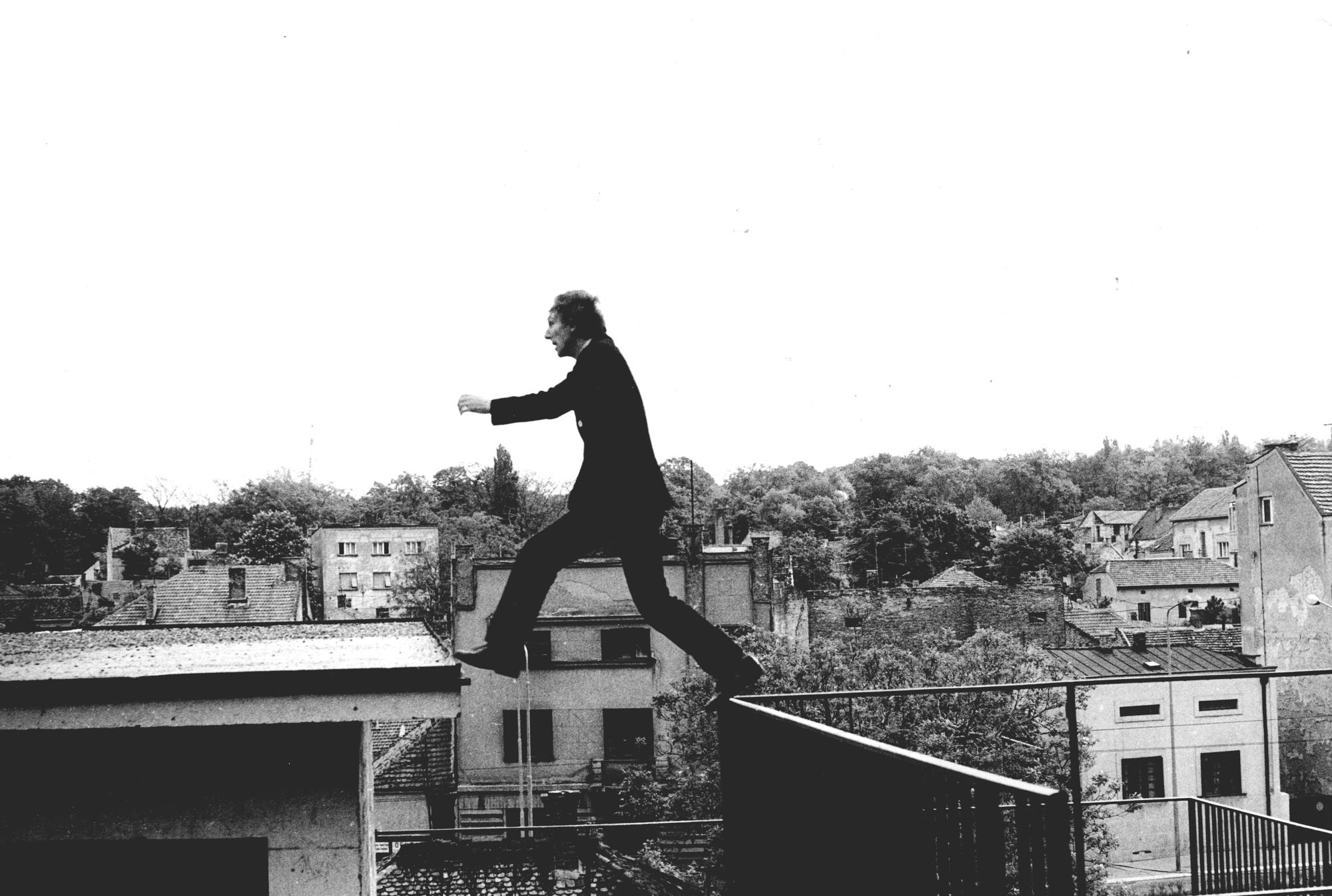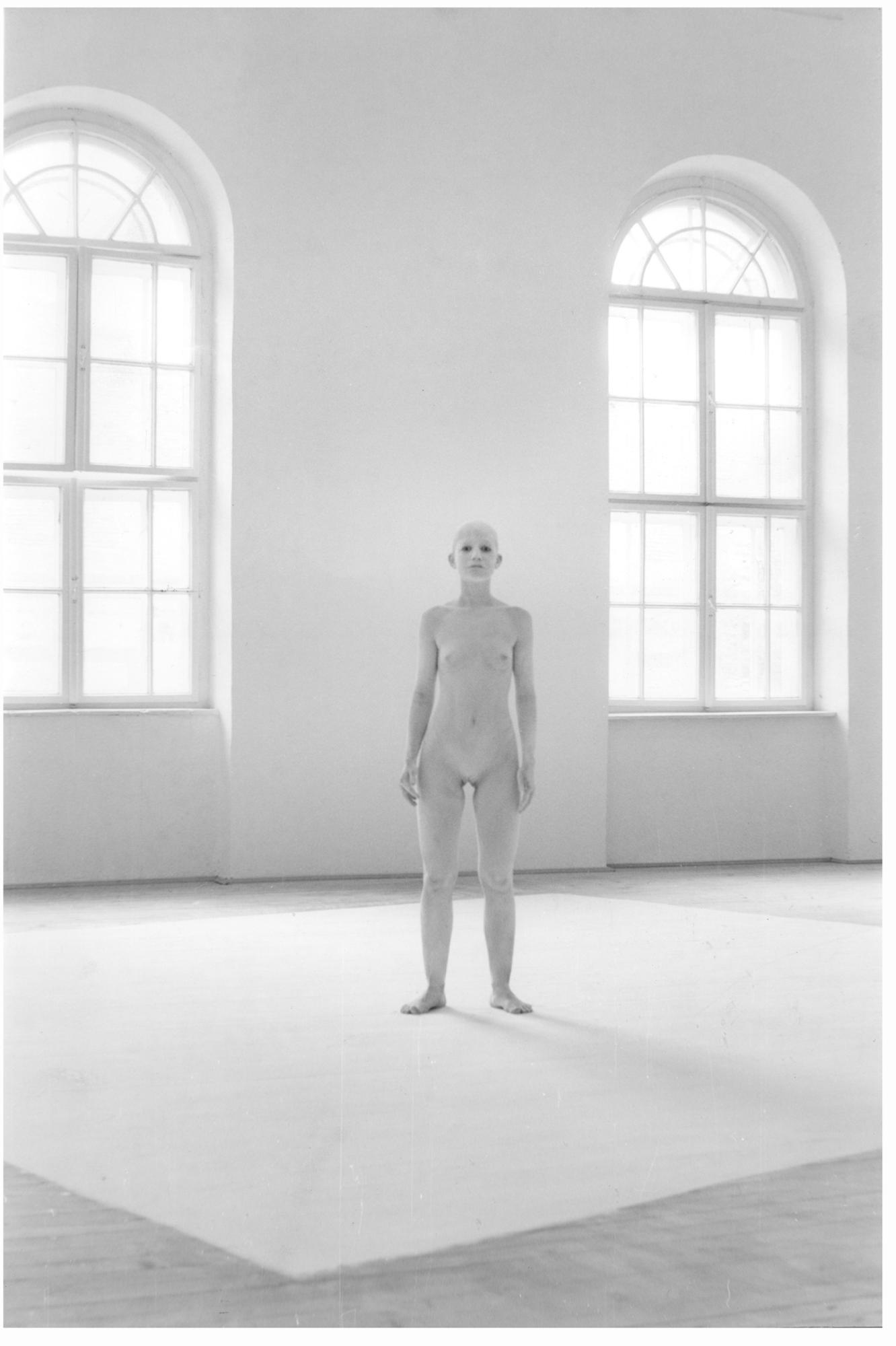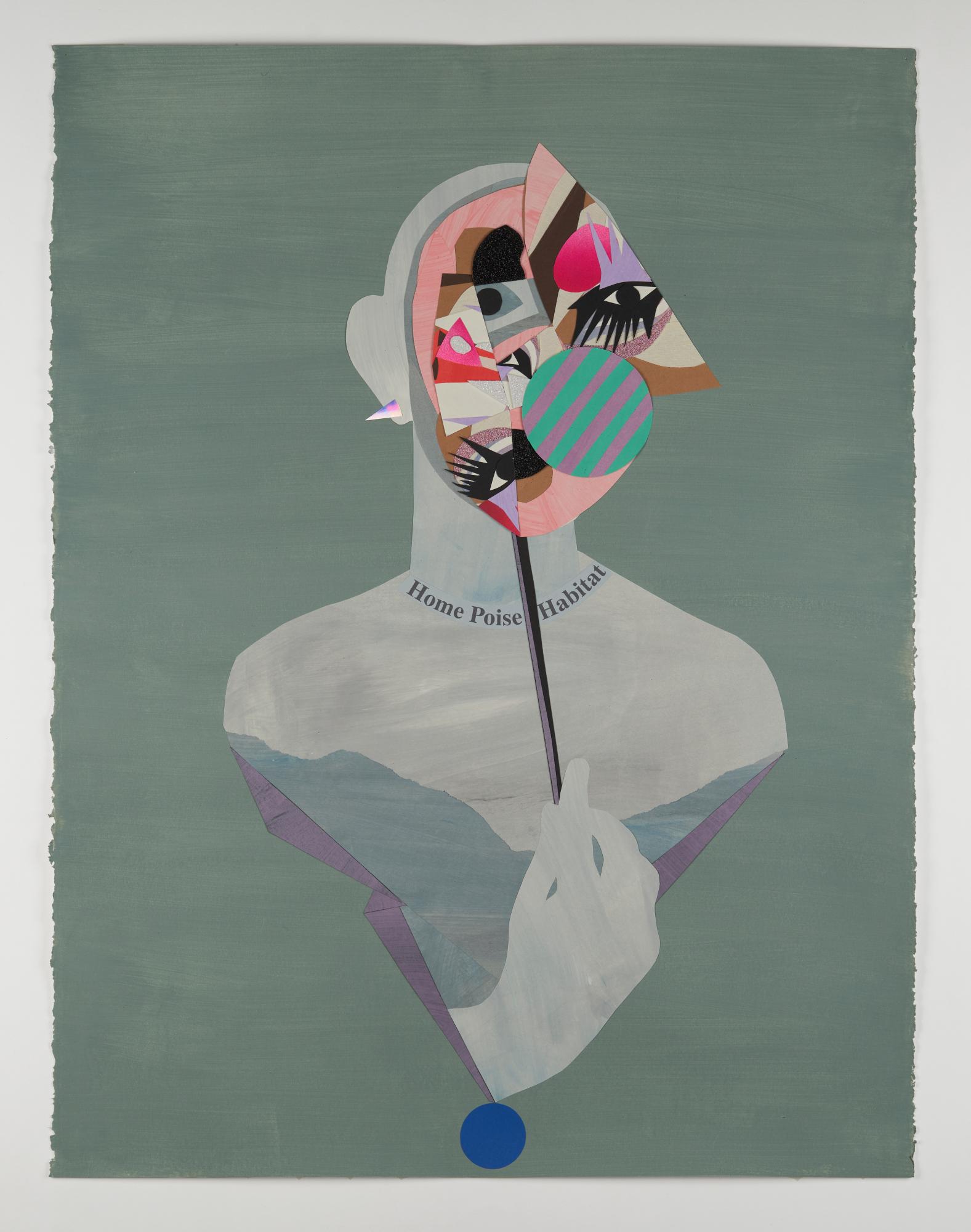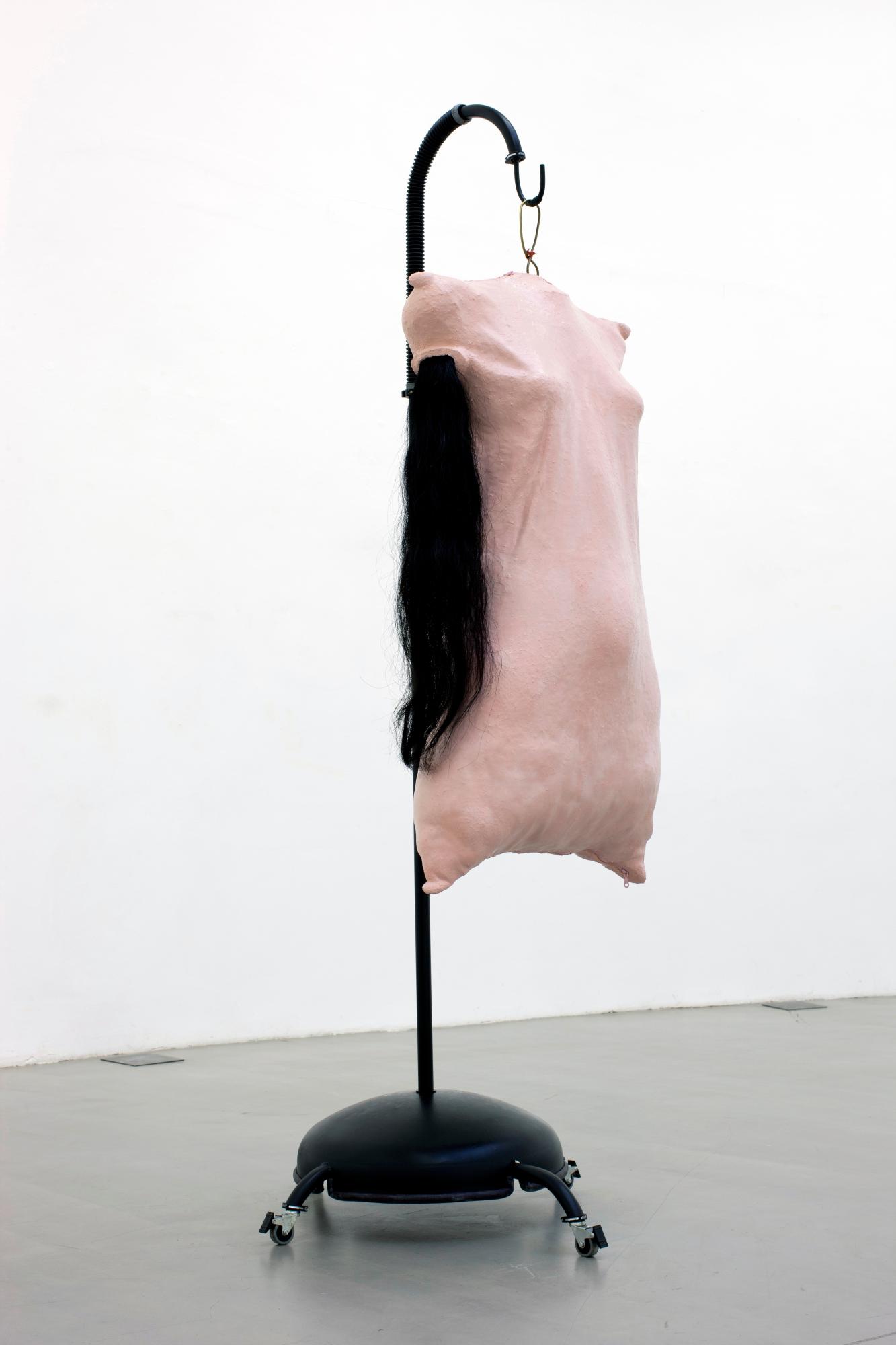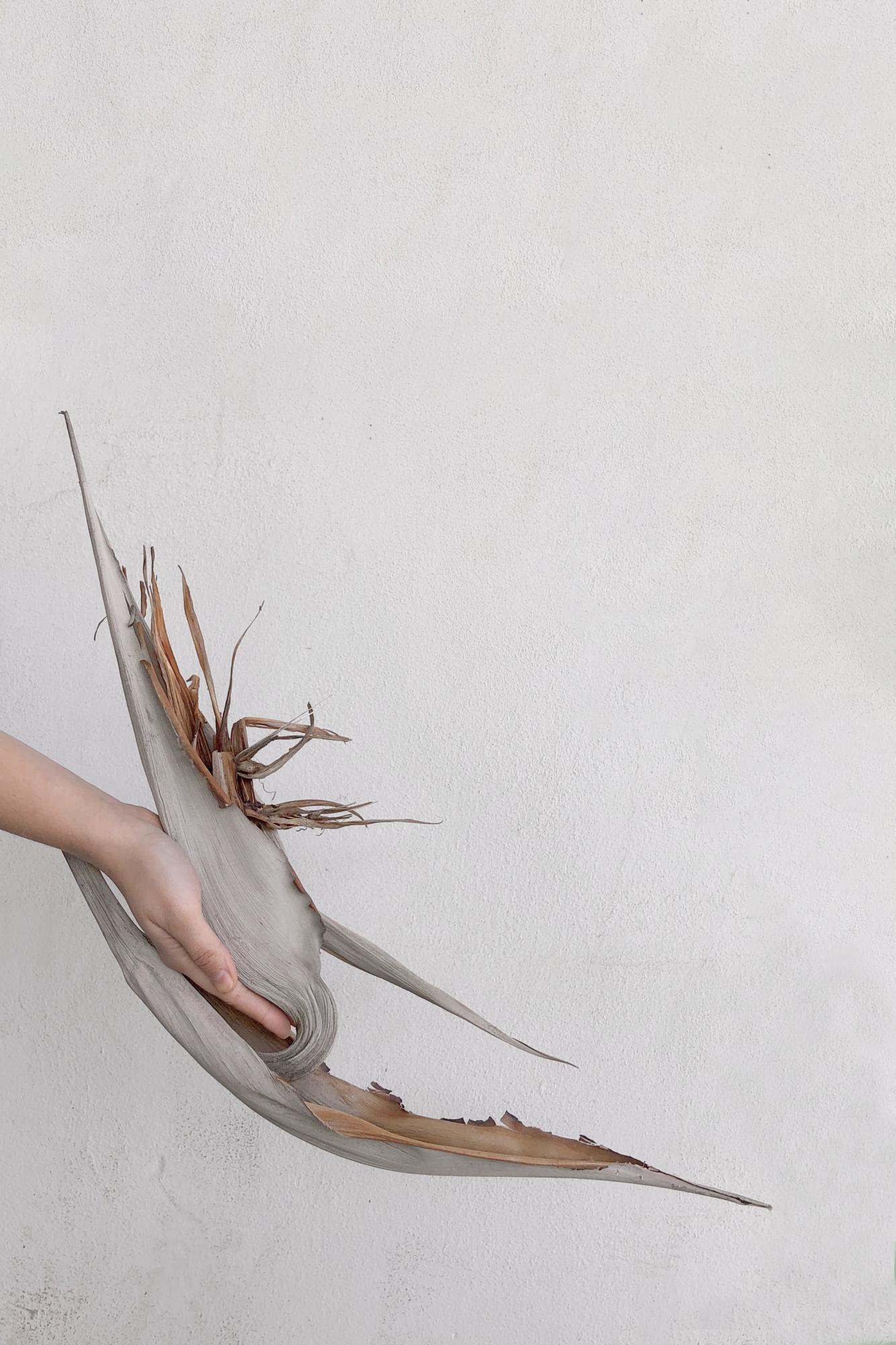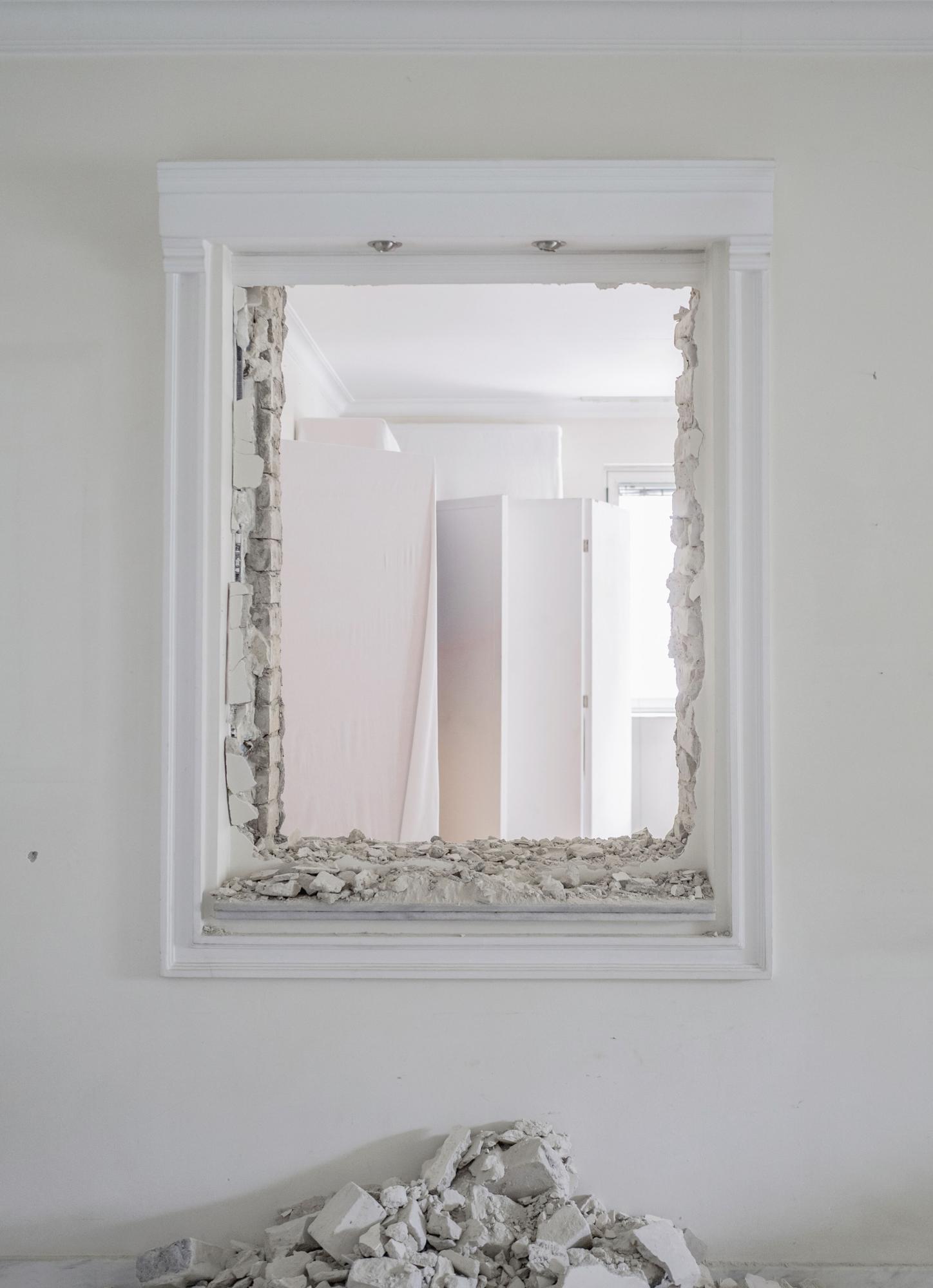Galerie Kandlhofer curated by Tevž Logar
„In the Mood for Interruption“

www.kandlhofer.com
Curator(s):

Artist(s):
-
Bora Baboçi MoreBora Baboçi (1988) lives and works in Tirana, Albania.
-
Nona Inescu MoreNona Inescu (1991) lives and works between Berlin, Germany and Bucharest, Romania.
-
Damir Očko MoreDamir Očko (1977) lives and works in Zagreb, Croatia.
-
Tanja Ostojić MoreTanja Ostojić (1972) lives and works in Berlin, Germany.
-
Neša Paripović MoreNeša Paripović (1942) lives and works in Belgrade, Serbia.
-
Duba Sambolec MoreDuba Sambolec (1949) lives and works in Ljubljana, Slovenia.
Exhibition text
More
I
n the realm of the official narratives of art history the body, as a space that ‘archives’ social, political, cultural, and personal traces, often served as a powerful medium for revealing stories that have been historically marginalised or repressed. On the other hand today, the body holds significant importance in contemporary society, serving as a central focus in numerous tangible cultural, social, and political discourses in relation to the questions of gender identity, technology, labour, health, environment and migration. It is through the lens of this relationship, and in the context of the conceptual framework of this year’s Curated by festival, Untold Narratives, that informs the approach of the exhibition In the Mood for Interruption at Galerie Kandlhofer, through the body itself. The exhibited works offer multiple perspectives that can help us to understand more deeply its profound importance in shaping and reflecting our everyday.
In contemporary society, the body is not just a biological entity but also a complex symbol of identity, agency and experience. Its significance permeates various aspects of life, reflecting broader cultural, social, and political dynamics. In the context of contemporary art, we can uncover a multitude of repressed narratives that challenge dominant discourses and offer new perspectives on identity, power, and representation. On a subtle level this can be recognised in the work of Bora Baboçi (b. 1988), whose work directly tackles the boundaries between public and private by creating tactile, immersive experiences which show tangible connections between people, objects and their environments and how this impacts human behaviour, movement and social interaction. Undoubtedly, the tension between space and body, is something that can be also recognised in the series of historical works of Neša Paripović (b. 1942) who uses the urban landscape as a backdrop for his work where the city becomes a stage for his artistic intervention. In the case of Paripović we witness how the artist focuses on the body as a site of exploration and expression, and how personal identity is negotiated within different social contexts. The question of context is also a point of departure for the sculpture of Duba Sambolec (b. 1949) which refers to a long-lasting cultural treatment of female body as a living, warm entity waiting to be exposed, gazed at or consumed. Deliberately headless sculpture references the historic Western concept of a dual-human existence in which the head, associated with thinking and ideas, is seen as superior, while the rest of the body holds a lower and more problematic status in our cultural canon. Challenging of the traditional gender roles and stereotypes can be also associated to the work of Tanja Ostojić (b. 1972). In the series of exhibited photographic works Ostojić simultaneously explores how societal norms shape the construction and representation of female identity, whilst the work represents critical and engaged reaction to the socio-political context that strongly influenced the artist’s conditions of production. And it is exactly this critical thought that sometimes leads to the fact that certain bodies have been marginalised, objectified and excluded from mainstream narratives, as in the context of Damir Očko’s (b. 1977) collages, that frequently explore themes related to the human body and identity. The layering and juxtaposing of various materials, including photographs, drawings, text and found objects, evokes the complexity of bodily experiences and artists’ personal narratives. While not necessarily explicitly focused on gender, Očko’s work often engages with themes that indirectly address gender dynamics, such as vulnerability, power and the human condition. Dialogue about the body through various artistic positions and perspectives is concluded with the selection of objects and photographs by Nona Inescu (b. 1991) whose work reflect the various complex relationships that emerge between the human body, nature and culture. By merging elements of nature with human-made objects, Inescu not only creates thought-provoking works that encourage viewers to re-evaluate their relationship with the natural world, but also that showcase humanity’s co-existence with nature. Although Inescu’s poetic and sometimes even completely ephemeral gestures at the first glance seem stripped of any kind of agency, a more profound approach to artworks reveal that nature is portrayed as an equal subject to humanity rather than an object for exploitation.
The exhibition In the Mood for Interruption is a small step towards exploring unspoken narratives through the perspective of the body, which opens up new possibilities for better understanding, whilst stimulating critical thought leading to a more inclusive and equitable cultural landscape. By paying attention to these untold narratives, we can try to uncover hidden histories and voices that have been silenced by dominant power structures driven by special political, social and economic interests. In this way, the relationships between artworks and ideas act as a reminder that it is impossible to think of the body as an untold narrative unless it is anchored in personal experiences and agencies that are not isolated from the broader political landscape. But this can not exist without uncompromising dedication. Something that can be felt as a beautiful, unstoppable tension between Chow Mo-Wan and Su Li-Zhen in Wong Kar-Wai’s classic In the Mood for Love, whose deep and undeniable connection and dedication to their principles lead to haunting poignancy and enduring resonance for a certain cause. But when considering the present exhibition, In the Mood for Interpretation, the cause, unlike it’s cinematographic etymon, shouldn’t be about the sense of duty and respect for societal norms or the established narratives, but rather for their interruption.

